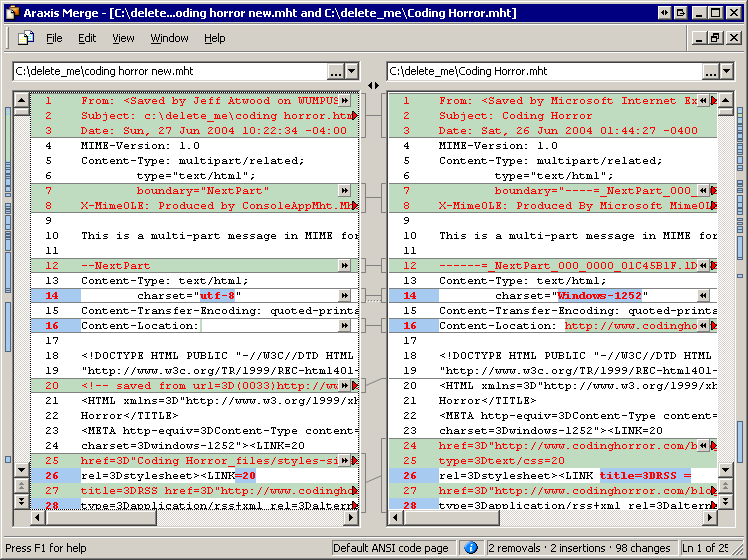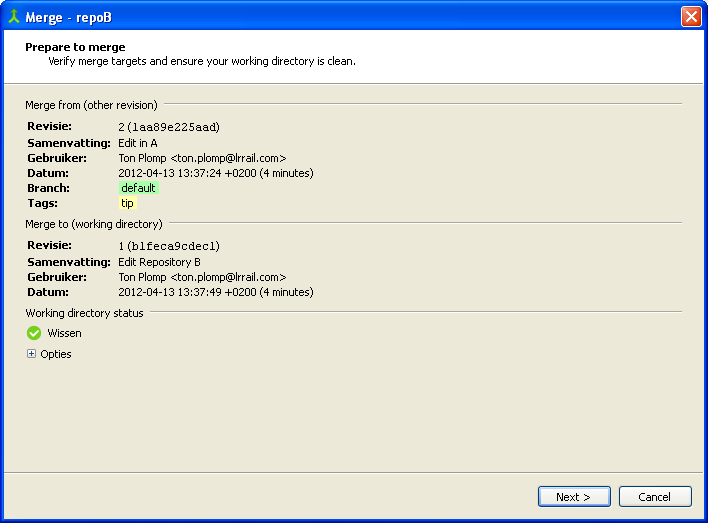

This way, every time the local repository will be updated with a synchronize/pull operation, Mercurialwill also update the hard-disk version accordingly. Once there, change the value of the Operation to perform after pull dropdown to Update. Navigate through the Sync section using the menu to the left. Let's open up the TortoiseHg Workbench, then navigate through File > Settings: the TortoiseHg settings modal window will open.

Configuring TortoiseHgīefore digging into Visual Studio 2015 it can be wise to change a couple things to the TortoiseHg 's default settings.

On the other hand, whenever we need to change some configuration settings, the TortoiseHg Workbench will be very handy, providing the proper GUI tools to do that: that's precisely what we need to do right now. For example, if you need to Clone an existing project in a matter of seconds, the context menu add-on will most likely be the right choice: all you need to do is right-click on the destination folder, select TortoiseHg > Clone. and enter the repository URL to start the cloning process. Image 2 - TortoiseHg context menu add-onsĮither one of them can be useful, depending on any given scenario. Image 1 - TortoiseHg Workbench main screen Using the context add-ons added to the File context menu, available by right-clicking to any file or folder within an instance of the Windows File Explorer (see Image 2).Using the TortoiseHg GUI, better known as TortoiseHg Workbench, which can be accessed by clicking on the TortoiseHg program icon from the Start menu (see Image 1).Once installed, we'll get the chance to handle Mercurial repositories in two different ways: The installation packages, natively available for 32-bit and 64-bit Windows builds, are available free of charge from the project's official website. The first thing we need to do is installing TortoiseHg, a great freeware client to handle Mercurial repositories for all Windows platforms, including Windows Server 2012 and Windows 10.
Tortoisehg visual diff tool how to#
In the unlikely chance you never heard about it, we strongly suggest reading its Wiki page and/or pay a visit to its official home page: in this post we'll briefly explain how to properly configure Visual Studio 2015 to effectively use Mercurial as main Scc Manager as a viable replacement (or worthy companion) to GIT, SVN or even the more-than-deprecated Visual SourceSafe. This is not the first time we're talking about Mercurial, one of the best Distribuited Source Code Control Manager for Windows, also known as HG. A stand-alone alternative: HgSccPackage.Setting VisualHG as default Source Control Manager.


 0 kommentar(er)
0 kommentar(er)
